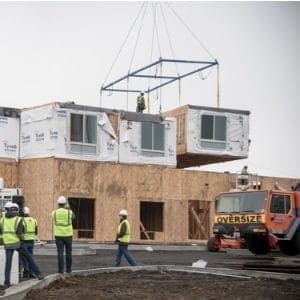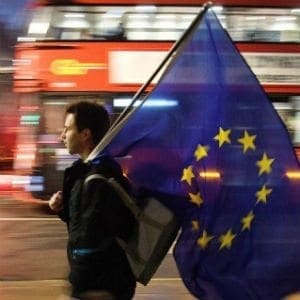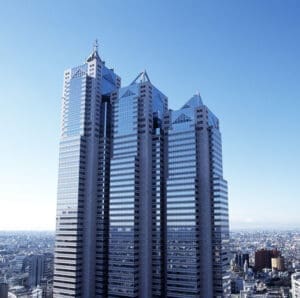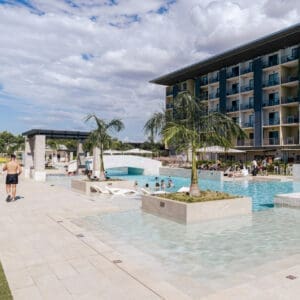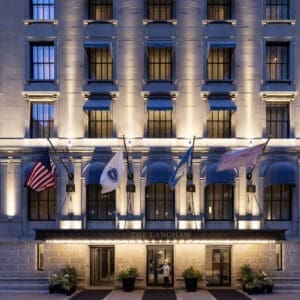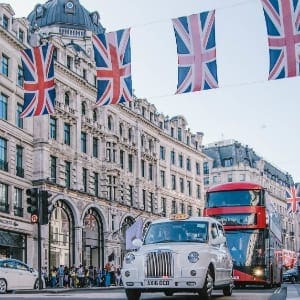 A comeback from the Japan visitor market helped boost statewide March tourism numbers, including the industry’s highest monthly spending increase since December 2012.
A comeback from the Japan visitor market helped boost statewide March tourism numbers, including the industry’s highest monthly spending increase since December 2012.
Statewide March arrivals rose 2 per cent year-over-year to 802,802 visitors, who spent a healthy $1.4 billion, up 12 per cent from the prior year, according to visitor data released Friday by the Hawai’i Tourism Authority.
“Considering that Hawaii tourism has experienced five consecutive record-breaking years for visitor spending, March was a truly remarkable month and a sign the Hawaiian Islands continue to be a favorite destination for global travelers,” said HTA President and CEO George Szigeti in a statement.
The strong March performance came despite the short-lived #BoycottHawaii campaign, initiated by supporters of President Donald Trump, who were unhappy over a Hawaii judge’s decision to block his travel ban. Media coverage of cases of rat lungworm disease and growing tensions with North Korea so far haven’t dampened travel demand either.
The greater impact came from the impressive growth in Japanese visitors, who generated the highest rate of growth of any tourist source market in March. Increased air service to Honolulu and the December start of direct service from Kona to Haneda helped bring as many as 136,735 visitors from Japan to Hawaii in March, a 9 per cent year-over-year gain.
“Our biggest asset is that we are perceived as a safe, clean, stable destination,” said Danny Ojiri, Vice President of Market Development for Outrigger Enterprise Group. “Hawaii sits pretty now because of issues with Korea and Europe, who are two of our major competitors.”
Encouragement from the Japanese government to use vacation time in the wake of several well-publicized deaths from overwork also has contributed to Japan’s travel gains, Mr Ojiri said.
“The government is stressing employers not to overwork their people,” said Mr Ojiri. “Most jobs are five days a week, but there had been a trend of unbelievable overtime. The government is trying to boost quality of life. They want employers to encourage their workers to take vacation and they’ve started a new initiative called premium Fridays, which allows workers to go home at 3pm on the fourth Friday of the month.”
Length of stay and spending by visitors from Japan also have increased as more of them have shifted from taking package tours to booking their vacations directly or through an online travel agent, he said. Mr Ojiri said these trends all combined to help spending by Japan visitors grow a staggering 21 per cent year-over-year to $187.2 million.
Hawaii’s tourism success story wasn’t just contained to Japan. The state’s largest market, the US West, experienced a 1.2 per cent increase in year-over-year visitor arrivals to 320,247 visitors. March arrivals from the US East grew 4.7 per cent year-over-year to 185,278 visitors. Arrivals from Canada increased 4 per cent to 69,469. The category called All Others, which includes Oceania, Europe, Latin America and Asian countries outside of Japan, fell 14 per cent year-over-year to 80,941. Arrivals by cruise ships rose 47 per cent year-over-year to 10,131. Meetings, conventions and incentives visitors increased 5 per cent to 40,885.
Total spending rose in all of Hawaii’s major markets except cruise ship visitors, where it fell 6.5 per cent to $2.5 million. Visitors from the US West spent $521.2 million, a 15 per cent gain over March 2016. Visitors from Hawaii’s second-largest market, the US East, spent $343.9 million – a 13 per cent rise year-over-year. Spending by visitors from Canada rose nearly 5 per cent to $138.2 million. Spending by visitors from the All Others category increased 3.2 per cent to $ 226 million.
“For the month of March, we had a pretty good month all the way around,” said Jerry Gibson, Area Vice President of Hilton Hawaii. “If we can keep the world events except for positive ones at bay, we’ll be OK.”
March results bolstered overall first-quarter performance. First-quarter arrivals grew 3 per cent to nearly 2.3 million and visitor spending statewide rose 10 per cent to $4.4 billion, or $412 million more than at this time last year. Those results generated $511.3 million in tax revenue, an increase of $48.2 million over last year.
“The first quarter exceeded our expectations for Hawaii’s tourism industry and we are cautiously optimistic this momentum can continue in the coming months,” said Mr Szigeti in a statement.


